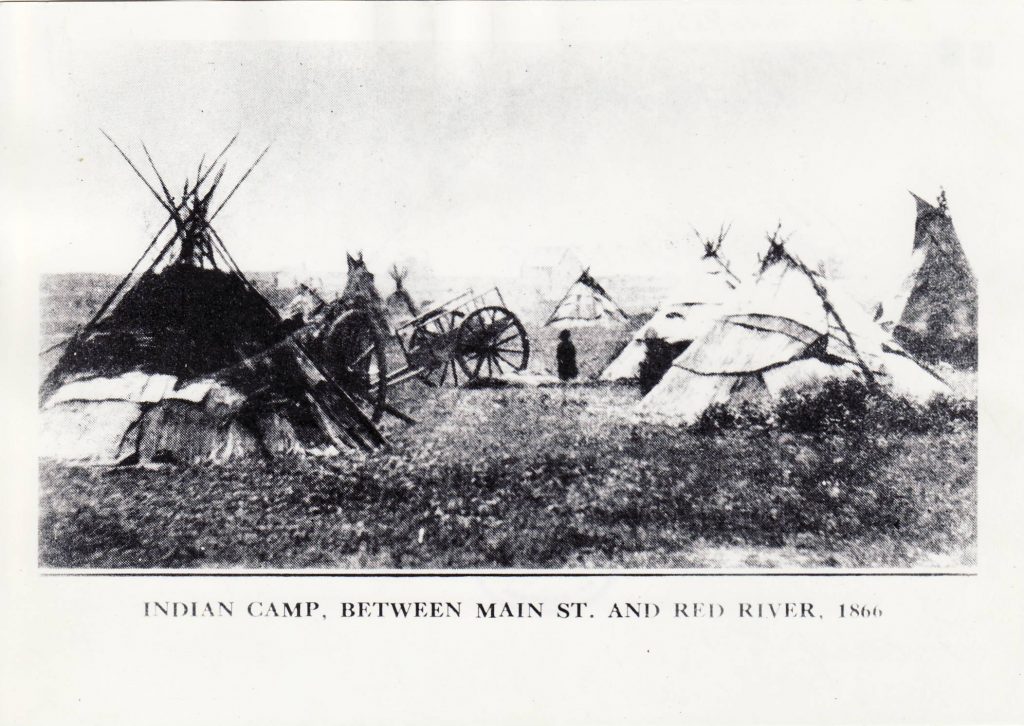Treaties Today

The Treaties between First Nations and the Crown are sacred agreements, witnessed by the Creator and intended to create an evergreen-kinship relationship. These Treaties are an integral part of Manitoba’s historical and contemporary landscape and act as a binding agent between us all. For that reason, we are all part of this treaty relationship.
Today, Treaties are fundamental building blocks of Canada, which ensure the wellbeing of both parties through economic and political means. The Treaties were designed to establish a long-standing peaceful coexistence between First Nations and the Crown.
When European newcomers came to what is now Canada, formal agreements were made to secure military and trade alliances with First Nations. These include:
- The ‘Peace and Friendship’ Treaties prior to 1779
- The Upper Canada and the Williams Treaties, 1764-1862/1923
- The Vancouver Island Treaties (also called the Douglas Treaties) from 1850-1854
Later, when four British colonies – Ontario, Quebec, Nova Scotia, and New Brunswick – confederated in 1867, the Dominion of Canada was born. Manitoba entered Confederation in 1870, British Columbia in 1871 and Prince Edward Island in 1873.
In addition, a large swath of land in central and northern Canada, which had been controlled by the Hudson Bay Company, Rupert’s Land, was sold to Canada in 1869. Two short years later, the first of the Numbered Treaties was made north of present-day Winnipeg.
The Numbered Treaties
The Numbered Treaties were a series of treaties between the First Nations and the Crown.
Beginning in 1871 and ending in 1921 eleven Treaties were made in western and northern Canada. In Manitoba, Treaties No. 1- 5 cover the bulk of the province’s landmass. Treaty making was unique to each setting and was a reflection of time and place.
First Nations saw Treaties with the Crown as an equitable entry into the newly created dominion, the logical next step in a centuries-old relationship with successive British governments. The desire in creating these Treaties was to ensure their traditional livelihood as industrialization pushed into Manitoba’s north.
The aim of the Crown was the opening up of the west for settlement, farming and mining by European settlers.
